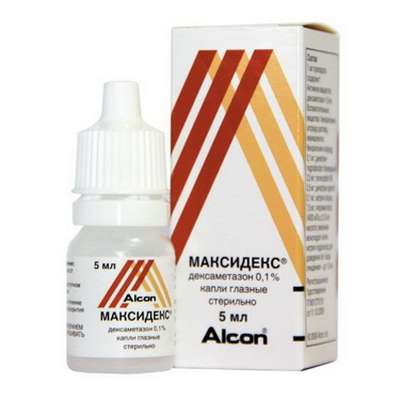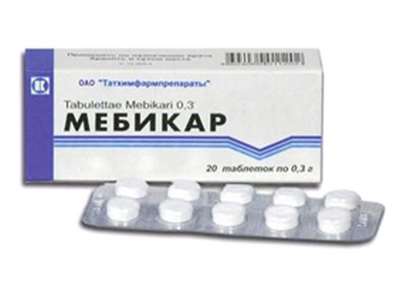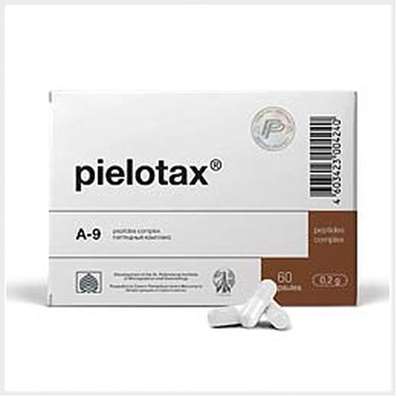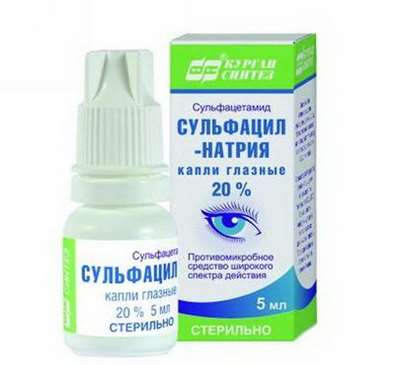Instruction for use: Dobutamine (Dobutaminum)
I want this, give me price
chemical name (±) -4- [2 - [[3- (4-hydroxyphenyl) -1-methylpropyl] amino] ethyl] -1,2-benzenediol (as hydrochloride)
Pharmacotherapeutic group:
Beta-adrenergic agonist
The nosological classification (ICD-10)
I21 Acute myocardial infarction
Myocardial infarction in the acute phase, Acute Myocardial Infarction, Myocardial infarction with pathologic Q wave and without, Myocardial infarction complicated by cardiogenic shock, Infarction left ventricular, Transmural myocardial infarction, Myocardial infarction netransmuralny (subendocardial), Netransmuralny myocardial infarction, Subendocardial myocardial infarction, The acute phase of myocardial infarction, Acute myocardial infarction, Sub-acute phase of myocardial infarction, Subacute phase of myocardial infarction, Thrombosis of the coronary arteries (the arteries), Threatened myocardial infarction, Myocardial infarction without Q wave
I50.0 Congestive heart failure
anasarca heart, Decompensated congestive heart failure, Congestive heart failure, Congestive heart failure with high afterload, Congestive chronic heart failure, Cardiomyopathy with severe chronic heart failure, Compensated chronic heart failure, Swelling with circulatory failure, Edema of cardiac origin, Swelling of the heart, Edematous syndrome in diseases of the heart, Edematous syndrome in congestive heart failure, Edematous syndrome in heart failure, Edematous syndrome in heart failure or liver cirrhosis, right ventricular failure, Congestive Heart Failure, Heart failure stagnant, Heart failure with low cardiac output, Heart failure is a chronic, Cardiac edema, Chronic decompensated heart failure, Chronic Congestive Heart Failure, Chronic heart failure, Change of liver function in heart failure
I50.1 Left ventricular failure
Asthma heart, Asymptomatic left ventricular dysfunction, Asymptomatic left ventricular heart failure, Diastolic left ventricular dysfunction, Left ventricular dysfunction, Changes in left ventricular myocardial infarction, Left ventricular heart failure, Left ventricular dysfunction, Acute left ventricular failure, Acute cardiac left ventricular failure, cardiac asthma, Left ventricular heart failure, Changes in left ventricular failure with pulmonary, Precordial abnormal pulsation, Insufficiency of the left ventricle
I999 * Diagnosis of diseases of the circulatory system
Perfusion Imaging (stsintografiya) infarction, Heart Perfusion study, Echocardiography pericardium, Radiographs of the right ventricle, Radiographs of the left atrium, contrast aortography, Kinoangiografiya, Computed tomography of the heart, Angiography, Angiography light, cerebral angiography, heart Angiography, neck Angiography, angiocardiography, aortography, Aortography ascending aorta, arteriography, angiography, venography, Visualize blood flow, Visualization of the chest cavity, intra-arterial angiography, Intravenous angiography, An intravenous / intra-arterial digital subtraction angiography, Diagnosis of stroke, Digital subtraction angiography, Doppler echocardiography, The study of collateral circulation, A study of the root and aortic arch, Heart function tests, kardioangiografii, Cardiography, contrast echocardiography, coronary angiography, lymphography, MR angiography, Dimensional Doppler sound study of blood flow, Definition AV block localization, peripheral arteriography, Damage to the great vessels, X-ray of blood vessels, Radiography of the heart, Selective arteriography, Selective coronary arteriography, Phlebography, Cerebral arteriography, Digital subtraction angiography, echocardiographic study, echocardiography, Coronary angiography, Left ventricular angiography, Angiography of the left atrium, Angiography of the pulmonary artery, Angiography of the right ventricle of the heart, plethysmography veins
R57.0 Cardiogenic shock
cardiogenic shock
CAS Cade 34368-04-2
Pharmacology
Pharmacological effect
cardiotonic, beta-agonists.
It stimulates the beta1-adrenergic receptors and causes myocardial positive inotropic effect. Little effect on the beta2- and alpha1-adrenergic receptors. Moderate increases in heart rate, stroke volume and cardiac output, systemic vascular resistance and reduces vascular resistance in the pulmonary circulation. Systemic blood pressure is not significantly reduced. Increases coronary blood flow, improves the supply of oxygen to the myocardium, reduces ventricular filling pressure. In children less pronounced decrease in peripheral vascular resistance and ventricular filling pressure, while more pronounced increase in heart rate and increased blood pressure. The effect is a 1-2 min and reaches a maximum after 10 minutes.
Rapidly metabolized in the liver to inactive metabolites, the main of which - the 3-O-metildobutamin. T1 / 2 - 3.2 minutes. Report mostly kidneys.
Indications
Acute heart failure, acute myocardial infarction, cardiogenic shock, the effects of surgery on the heart, the use of drugs with negative inotropic effects (eg beta-blockers); aggravation (acute decompensation), chronic heart failure, chronic heart failure (as a temporary aid to the background of basic therapy); acute heart failure noncardiogenic genesis (including at toxic and traumatic shock), certain forms of heart failure on the background of hypovolemia (when mean arterial pressure above 70 mmHg and vnutrikapillyarnoe pressure in the pulmonary circulation system - 18 mm Hg. Art and above, with an inadequate response to volume replacement and improvement of ventricular filling pressure).; Low cardiac output (as a side effect during mechanical ventilation with positive residual pressure on exhalation); CHD diagnosis (pharmacological test as a substitute for exercise).
Contraindications
Hypersensitivity, idiopathic hypertrophic subaortic stenosis, cardiac tamponade, aortic stenosis, pheochromocytoma, ventricular arrhythmias (ventricular fibrillation including).
Restrictions apply
Metabolic acidosis, hypercapnia, hypoxia, tachyarrhythmia, atrial fibrillation, pulmonary hypertension, hypovolemia, occlusive vascular disease (arterial thrombosis, atherosclerosis, thromboangiitis obliterans (Buerger's disease), cold injuries, including frostbite, diabetic endarteritis, Raynaud's disease) angle-closure glaucoma, simultaneous MAO inhibitors, pregnancy, lactation, age 18 years.
Pregnancy and breast-feeding
When pregnancy is possible if the expected effect of therapy outweighs the potential risk to the fetus.
Category effects on the fetus by FDA - B.
At the time of treatment should stop breastfeeding (known whether dobutamine passes into breast milk).
Side effects
Cardio-vascular system and blood (blood, hemostasis): tachycardia (including ventricular), atrial fibrillation, pain in the heart and chest, palpitations, shortness of breath, increased blood pressure / hypotension, hypokalemia, inhibition of platelet aggregation ( long-term use), petechial hemorrhage.
Allergic reactions: skin rash, fever, bronchospasm, eosinophilia, etc.)..
Other: Headache, nausea, polyuria (at high doses); phlebitis, in some cases - skin necrosis (in the introduction).
Interaction
Beta-blockers reduce the positive inotropic effect. It noted a marked reduction in systemic vascular resistance and an increase in cardiac output when combined with sodium nitroprusside or nitrates than the separate appointment. At simultaneous application with MAO inhibitors possible hypertensive crisis, collapse, heart rhythm disturbances. Halogenated anesthetic agents (halothane, etc.) Increase the risk of ventricular arrhythmias. Pharmaceutically compatible with alkaline solutions, including with 5% sodium bicarbonate, with solutions containing ethanol, sodium bisulphite. Because of the possible pharmaceutical incompatibility is not recommended to mix dobutamine with other solutions in the same syringe.
Overdose
Symptoms of anorexia, nausea, vomiting, tremor, anxiety, palpitations, headache, shortness of breath, angina or false angina, tachyarrhythmias, excessive increase in blood pressure, myocardial ischemia.
Treatment: speed reduction or cessation of drug administration, ensuring ventilation and oxygenation of the blood, when ventricular tachyarrhythmia used propranolol or lidocaine.
special instructions
With continuous use of the drug for more than 72 hours may develop tolerance (the need to increase the dose). In the presence of mechanical obstruction of ventricular filling (malformations, cardiac tamponade, pericardial effusion) and / or the outflow of blood from the infusion does not cause them to improve hemodynamics. When cardiac tamponade, valvular aortic stenosis, subaortic stenosis may develop paradoxical reactions (reduction of cardiac output).

 Cart
Cart





